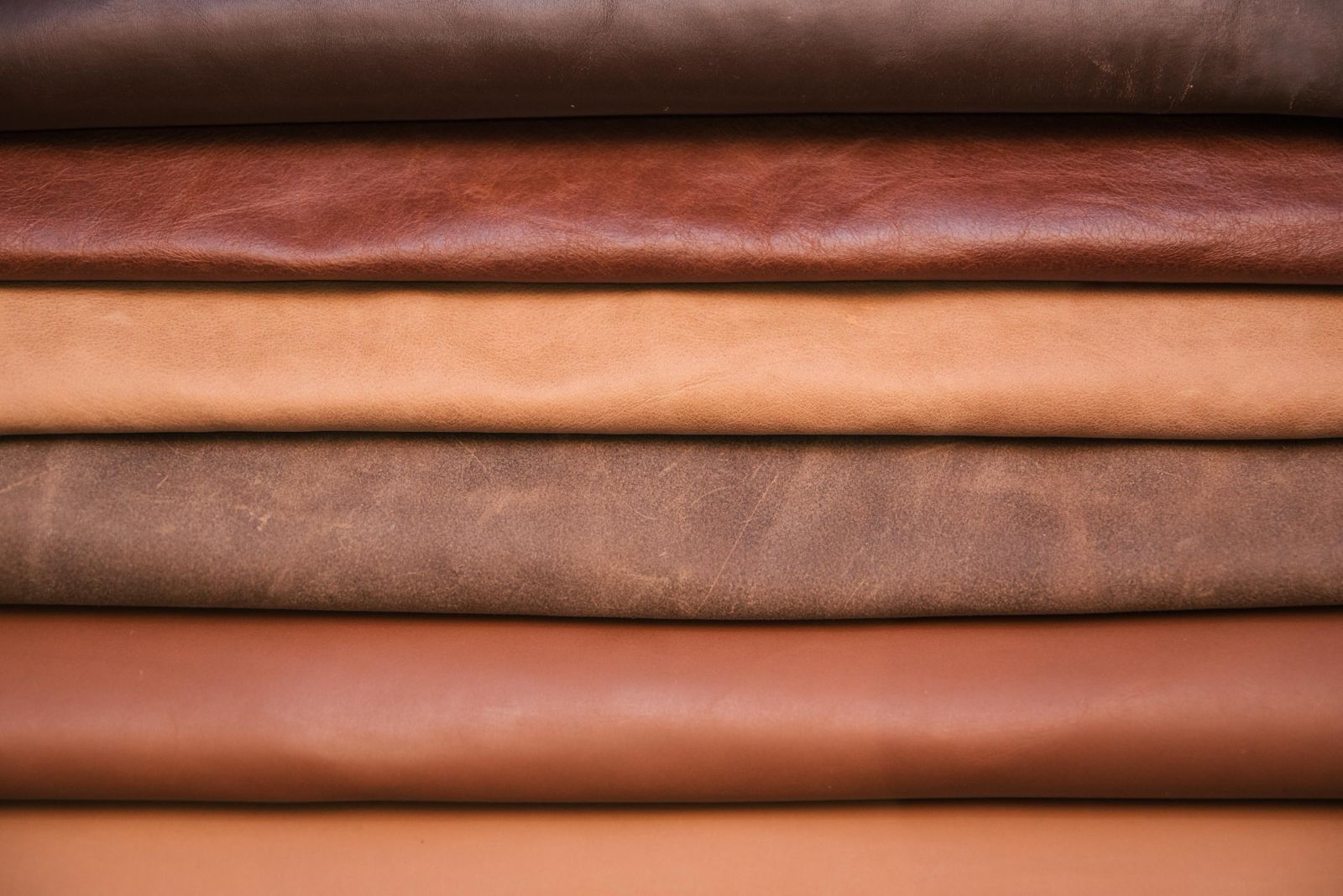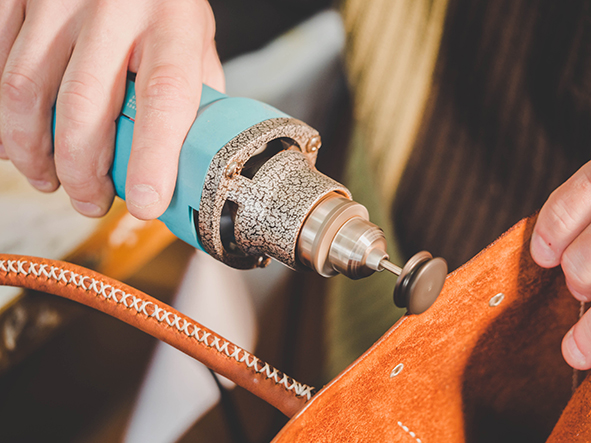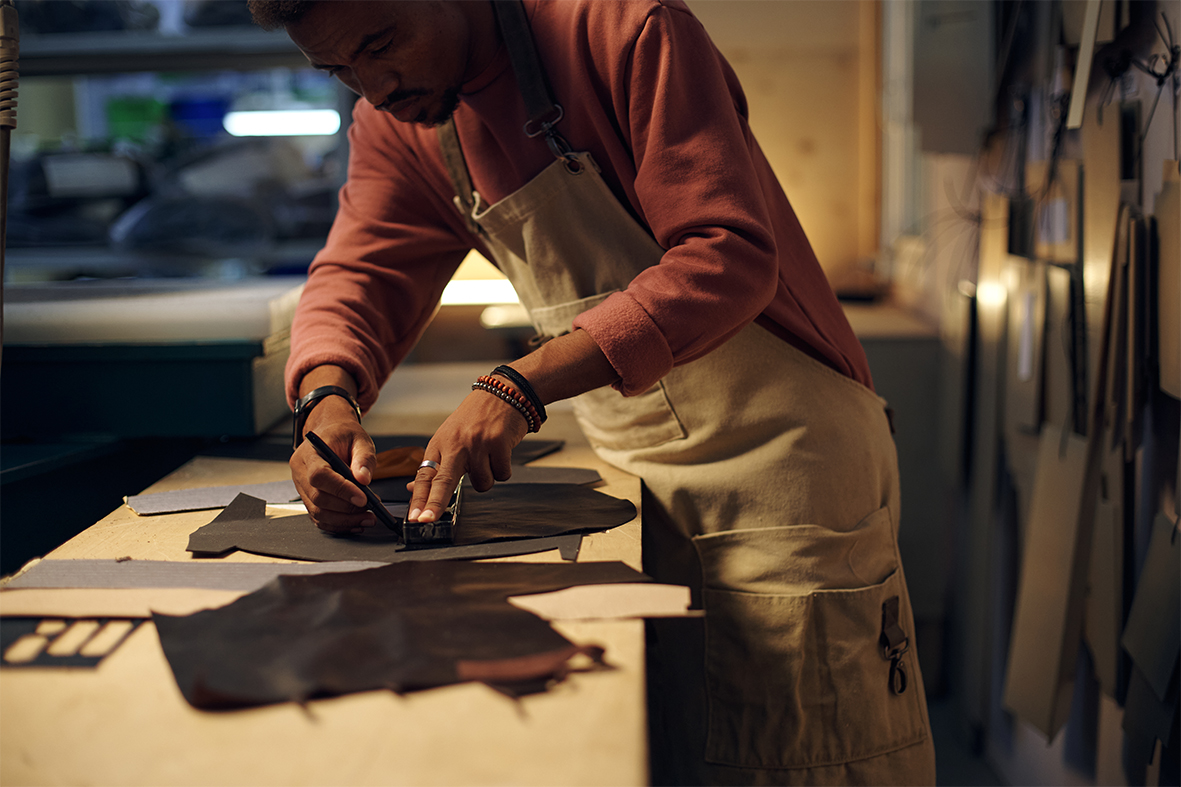
Crafted with Care, Certified by Standards: The Global Story of Leather
Blog Thread SAF-01:01062025
🌍 International Leather Standards: Ensuring Quality, Sustainability, and Safety The global leather industry, valued for its craftsmanship and versatility, is governed by a set of international standards that ensure product quality, environmental responsibility, and ethical manufacturing. These standards not only help manufacturers meet regulatory expectations but also build consumer trust in an increasingly conscious global market.
✅ Why International Standards Matter Leather is a globally traded commodity, with raw materials sourced in one country, processed in another, and turned into final goods elsewhere. Uniform standards are crucial to ensure consistency in quality, safety, environmental impact, and ethical practices across borders.
🛠 Key International Leather Standards Here are some of the most widely recognized standards in the leather industry:
1. ISO Standards (International Organization for Standardization) * ISO 17075: Tests for chromium VI in leather, a harmful substance when present. * ISO 11640/11641: Tests for color fastness to rubbing and water. * ISO 5402: Flex resistance of finished leather. * ISO 2418: Sampling and preparation of leather for physical and chemical tests. These ISO standards ensure product durability, safety, and consumer health compliance.
2. REACH (Registration, Evaluation, Authorisation and Restriction of Chemicals) – EU REACH restricts the use of hazardous substances in products, including: * Chromium VI * Azo dyes * Formaldehyde It’s mandatory for leather goods entering the European Union.
3. LWG (Leather Working Group) Certification One of the most recognized sustainability certifications in the leather industry: * Assesses tanneries for environmental performance, water/energy usage, chemical management, and waste disposal. * Promotes sustainable and responsible leather sourcing. 4. BLC/Chem-MAP Certification Focuses on chemical compliance and safer chemical use throughout the supply chain, aligning with REACH and ZDHC (Zero Discharge of Hazardous Chemicals) goals.
5. SA8000 / SEDEX / BSCI Ethical and social responsibility standards ensuring fair labor practices, safe working conditions, and transparent supply chains.
🧪 How Are These Standards Maintained? Maintaining compliance with these standards involves:
* Regular Testing: Physical and chemical tests for strength, color fastness, harmful substances, etc. * Audits and Inspections: On-site assessments by independent bodies (e.g., LWG audits, ISO certification).
* Documentation and Traceability: Keeping detailed records of raw material sourcing, chemical inputs, and production processes.
* Training and Capacity Building: Ensuring workers and management are educated on compliance, safety, and sustainable practices.
* Third-party Certifications: Getting certified by accredited bodies ensures credibility in global markets. 🌿 The Future: Innovation + Sustainability International leather standards are increasingly aligned with global goals such as the UN Sustainable Development Goals (SDGs). The industry is witnessing:
* Growth in bio-based tanning methods (e.g., vegetable tanning)
* Adoption of low-impact chemicals
* Push toward closed-loop manufacturing and carbon neutrality
✨ Conclusion: - Maintaining international leather standards is not just about compliance—it’s about responsibility, quality, and long-term business viability. Brands that adhere to these benchmarks not only reduce environmental impact but also gain global recognition and consumer trust. As the leather world evolves, the harmonization of quality, sustainability, and ethics will continue to define the gold standard of craftsmanship.




